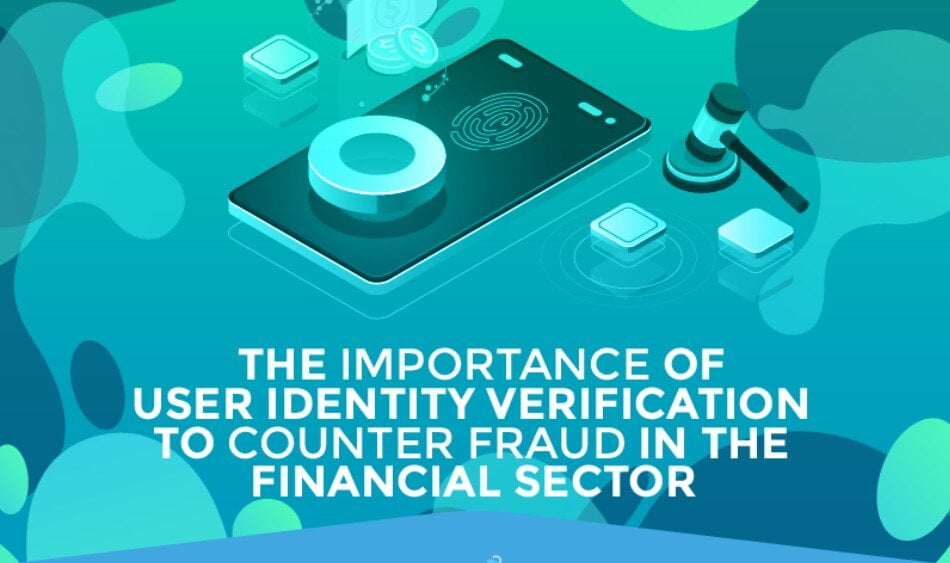The continuous innovation in digital technology provides people access to new platforms and devices, making transactions more comfortable and more convenient. This shift has seen many organizations, including those from the financial sector, using electronic channels to offer their services, because building brand loyalty using traditional approaches is becoming more and more difficult.
However, the shift in the use of digital platforms has given cybercriminals opportunities to develop more creative tactics to infiltrate networks for their illegal activities. Data breaches and other fraudulent actions of criminals in the banking sector reduce profits and client trust.
To protect highly valuable and sensitive data and ensure the integrity of their reputation, banking firms need to employ the necessary security measures. They must improve their digital identity verification solutions, as conventional identity verification methods are insufficient in blocking fraudulent identity threats.
Financial technology companies are also mandated under the PATRIOT Act to implement identity authentication measures with their clients through KYC (Know Your Customer) processes and comply with anti-money laundering regulations. However, firms cannot rely on traditional KYC processes because they do not confirm if the person applying or transacting with them is the legitimate identity owner.
Firms need to upgrade their technology in customer identity verification and employ multi-factor authentication solutions to reduce their vulnerability to identity fraud and account takeover. This infographic from Ipsidy details the importance of trusted user identity verification to counter fraud in the financial sector.







